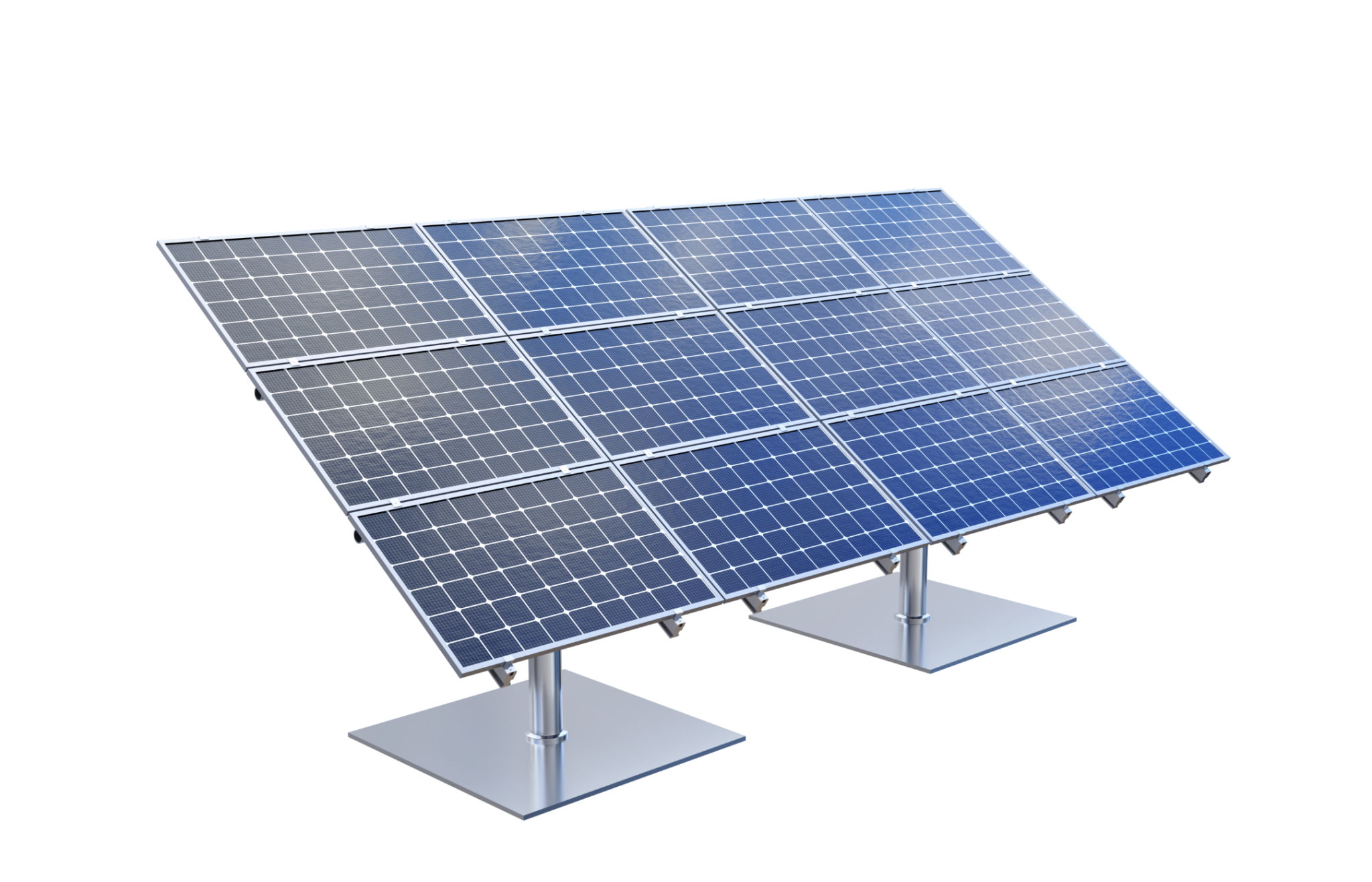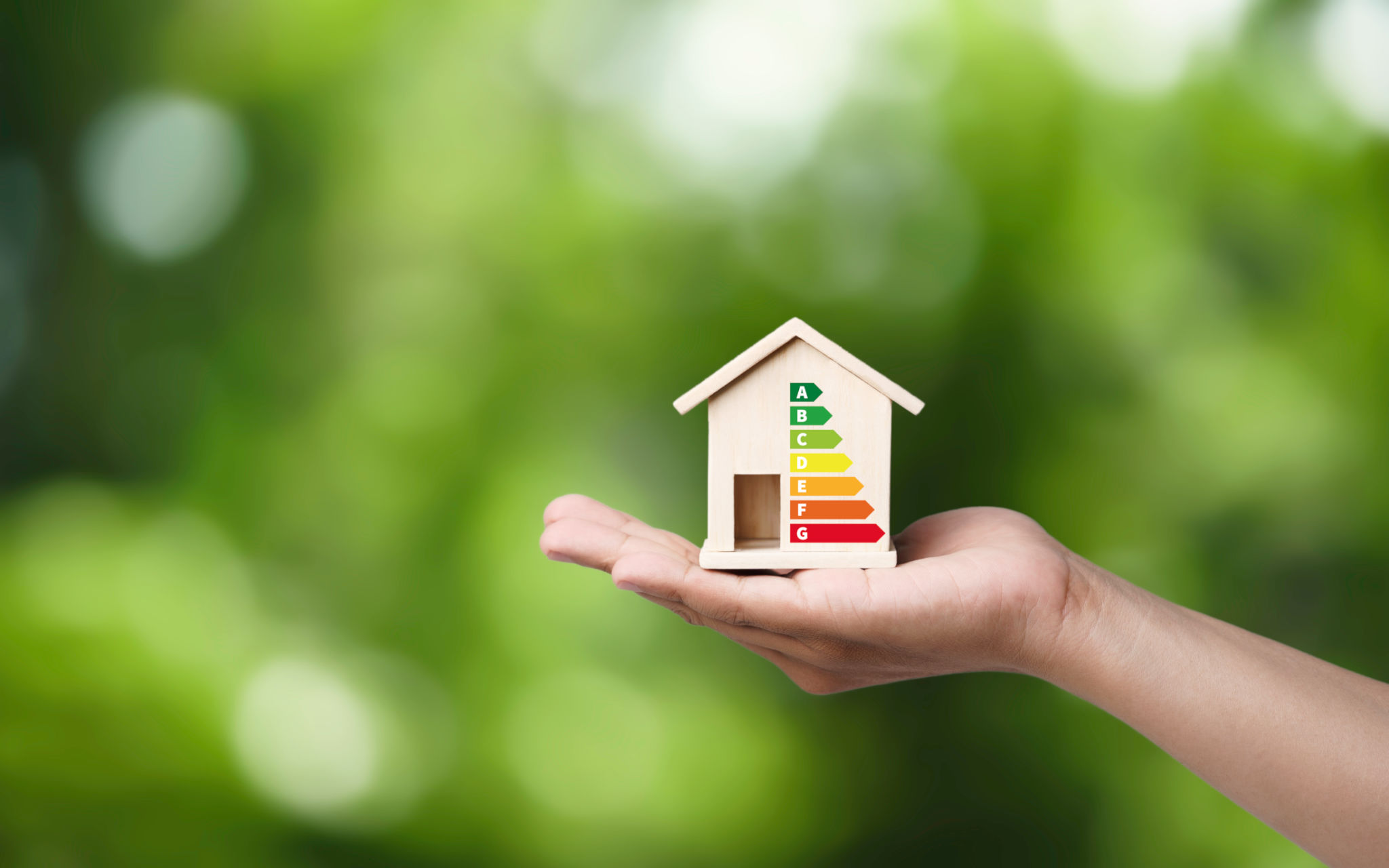Case Study: Achieving Profitability with Low-Cost Energy Solutions
Introduction
In today's fast-paced business world, companies are constantly seeking ways to reduce costs and increase profitability. One of the most effective ways to achieve this is by implementing low-cost energy solutions. This case study explores how businesses can adopt sustainable practices that not only benefit the environment but also enhance their bottom line.
Understanding Low-Cost Energy Solutions
Low-cost energy solutions encompass a variety of strategies aimed at reducing energy consumption and costs. These include energy-efficient technologies, renewable energy sources, and improved energy management practices. By adopting these solutions, businesses can significantly cut down on their energy expenses.

Energy-Efficient Technologies
Investing in energy-efficient technologies is a crucial step for any business looking to reduce costs. From LED lighting to high-efficiency HVAC systems, these technologies can drastically decrease energy consumption. Businesses that have implemented such technologies often see a rapid return on investment through reduced utility bills.
The Role of Renewable Energy
Renewable energy sources, such as solar and wind power, offer a sustainable alternative to traditional fossil fuels. By harnessing these resources, companies can reduce their dependence on non-renewable energy and lower their operational costs. Many businesses have successfully transitioned to renewable energy, reaping both financial and environmental benefits.

Case Study: A Success Story
Consider the example of a mid-sized manufacturing company that decided to invest in solar panels. Within just two years, they managed to reduce their electricity bills by 40%, leading to substantial savings. Additionally, the company's commitment to sustainability improved its brand image, attracting environmentally conscious clients and partners.
Improved Energy Management Practices
Energy management practices play a vital role in achieving cost reduction. By conducting regular energy audits and monitoring consumption patterns, businesses can identify areas of inefficiency and address them promptly. Implementing simple measures like optimizing thermostat settings or scheduling machinery operations during off-peak hours can lead to significant savings.

Benefits Beyond Cost Savings
While the primary goal of low-cost energy solutions is to reduce expenses, the benefits extend beyond mere cost savings. Companies that prioritize energy efficiency often enjoy enhanced operational efficiency, reduced carbon footprints, and improved employee morale. These advantages contribute to long-term sustainability and profitability.
Conclusion
Achieving profitability through low-cost energy solutions is not only feasible but also essential in today's competitive market. By adopting energy-efficient technologies, utilizing renewable resources, and enhancing energy management practices, businesses can significantly lower their operating costs while contributing positively to the environment. As more companies embrace these strategies, the transition towards a sustainable future becomes increasingly attainable.
